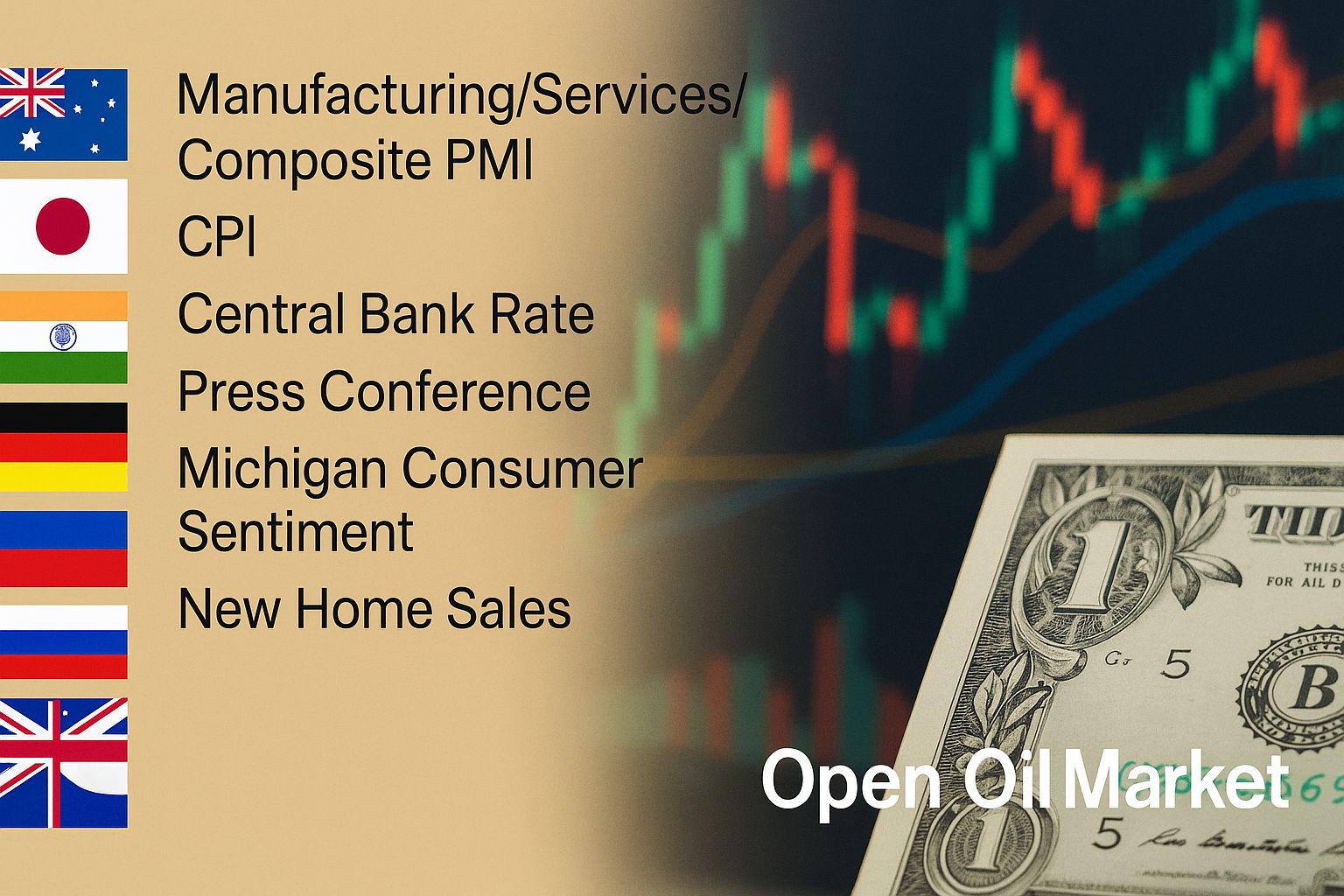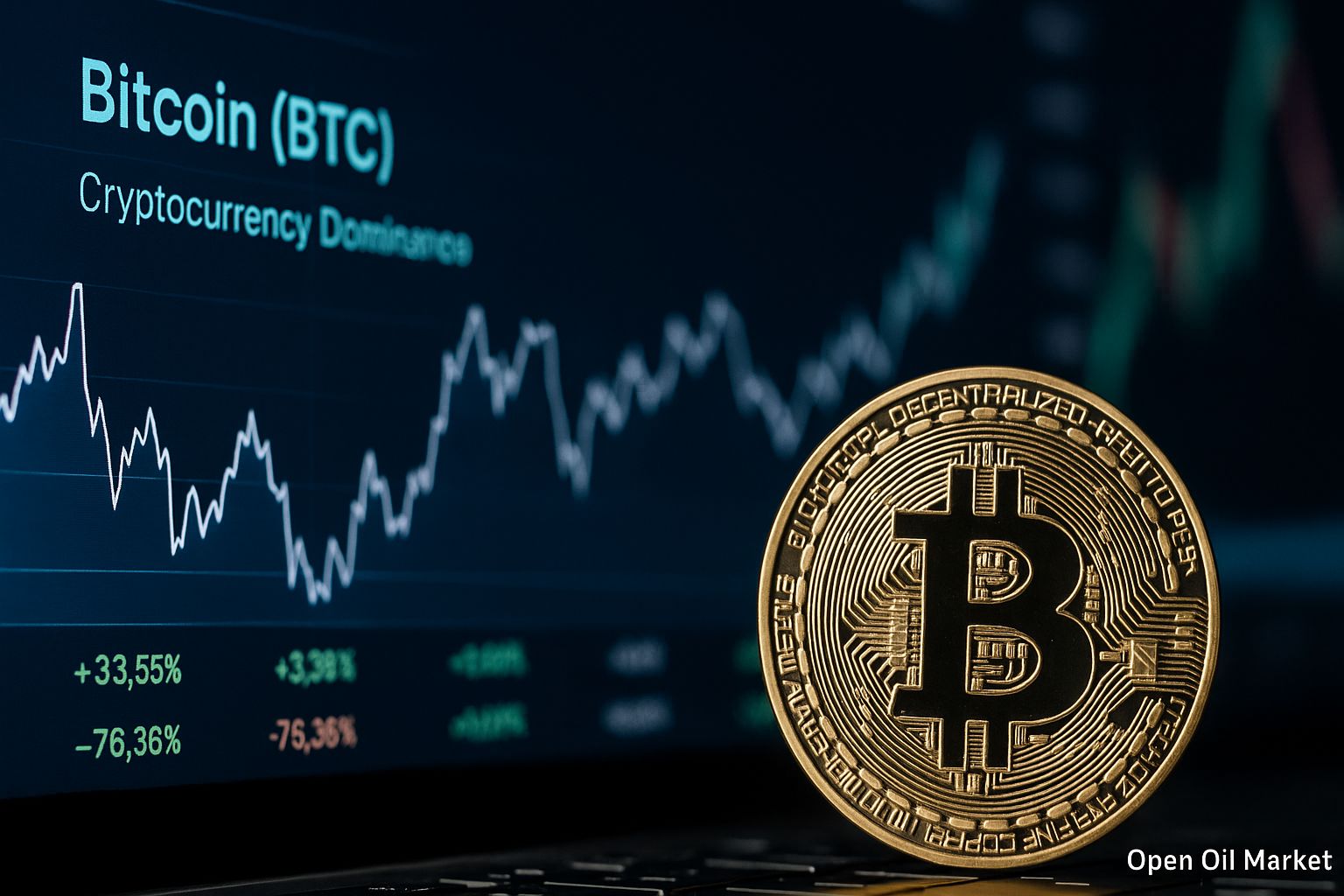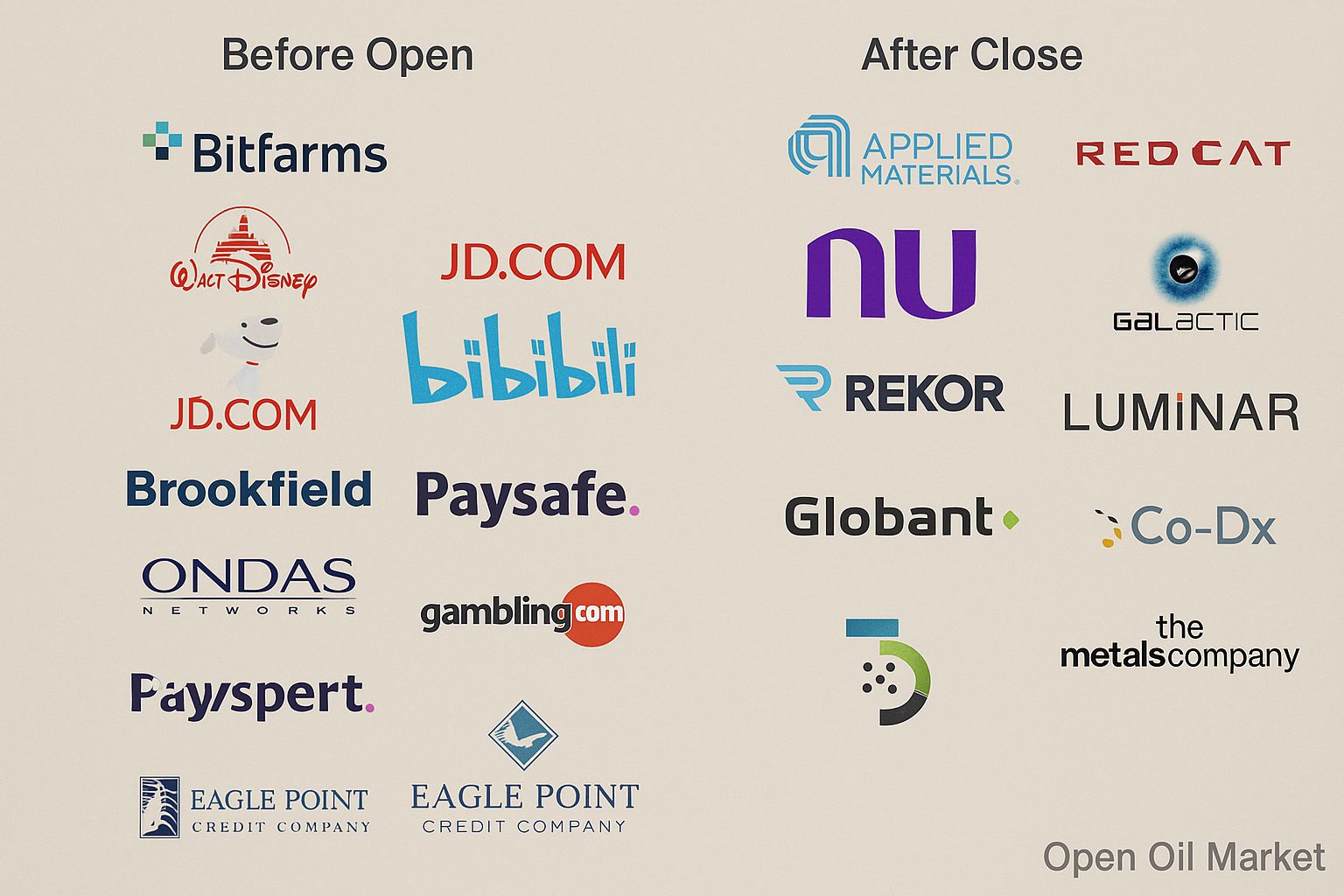
Main Economic Events on 25 October 2025: Week's Summary, Central Bank of Russia's Rate Decision, Reports from Major Companies — Procter & Gamble, VTB, ICICI Bank. Market Analysis of the USA, Europe, Asia, and Russia for CIS Investors.
Introduction. CIS investors greet Saturday, 25 October, without planned global macroeconomic publications or stock trading, but with keen attention to the results of the outgoing week. Although this weekend sees no new statistical reports or central bank decisions, the business community is analysing the accumulated data regarding the economy and corporate reporting. The end of the week is a time for reassessing strategies: markets are digesting key signals from the past few days and preparing for new developments. Below is an overview of the global economic situation and corporate results by regions, as well as the factors that investors should pay attention to over the weekend.
Asia: A Quiet Day and Results from Indian Banks
The Asia-Pacific region is spending Saturday without any new macroeconomic releases. The major markets in the region closed with mixed dynamics yesterday, as investors accounted for the macro data received during the week and are now taking a pause. Attention shifts to corporate news: in India, the financial sector is in focus due to the reporting from the largest banks. ICICI Bank, one of the leaders in India's banking sector, published its financial results for July–September yesterday, reporting a solid growth in both profit and loan portfolio. Following this, Kotak Mahindra Bank is revealing the results of its quarter, with stable profit and asset quality indicators expected. These reports from Indian banks provide investors with a benchmark regarding the state of the financial system in one of Asia's largest emerging markets.
There are no major events elsewhere in Asia today, and regional exchanges are using the weekend to assess previous drivers. Japan's inflation for September remained moderate, reinforcing expectations that the Bank of Japan will maintain its ultra-loose policy. As a result, the day is proceeding quietly in the region: investors are analysing information and preparing for market openings on Monday.
Europe: Time Change and Outlook Assessment
In Europe, the weekend is also devoid of new statistical reports but is marked by a technical event: on the night of 25 to 26 October, several countries in the region will shift to winter time. On Sunday, the clocks in the Eurozone, the UK, and other European nations will be set back one hour. For investors, this means that from the start of the new week, the time difference between European and other global financial centres will change — a factor that must be taken into account when tracking the opening and closing of trading sessions.
European stock indices concluded the week without any unified dynamics. The PMIs published on Friday generally met forecasts: the manufacturing sector is stagnating while the service sector shows slight growth. The eurozone economy maintains a fragile equilibrium, where industrial weakness is counterbalanced by the stability of the service sector. Moderately positive corporate reports helped keep the markets from decline. NatWest Group reported a rise in profits and raised its forecasts, while Sanofi noted an increase in revenue — these news items bolstered confidence in the markets. However, in the absence of new triggers on Saturday, European market participants are focusing on mid-term prospects. Notably, the ECB meeting is scheduled for next week (30 October), where a maintenance of current interest rates is expected. Consequently, European investors on the weekend are assessing further monetary policy direction and the economic prospects for the region.
Russia: Effects of the Rate Cut and Corporate Results
For the Russian market, Saturday represents a time for digesting significant decisions and news received the day before. On 24 October, the Bank of Russia announced its decision on the key rate: the regulator reduced the rate by 0.5 percentage points, to 16.5% per annum. This signals an intention to support the economy amid its slowdown, although annual inflation continues to exceed 8%, limiting room for further easing. The central bank stated that it would closely monitor inflation and the ruble exchange rate to adjust policies as necessary.
The Russian stock market reacted positively to the interest rate decision. The MOEX index rose, bouncing back from recent lows amidst expectations for a softer policy. The rate cut increased the attractiveness of shares, albeit it exerts pressure on the ruble exchange rate. The ruble weakened slightly on Friday, approaching 100 rubles per dollar; a combination of the rate cut and external factors continues to pressure the Russian currency.
The season of domestic corporate reporting is also ongoing. On Friday, state bank VTB released its 3rd quarter report, showing a gradual recovery of profitability after last year's losses — the results indicate the banking sector's adaptation to new conditions. In the oil and gas sector, the news background remains uncertain: the interim dividends of ‘Lukoil’ are under question due to sanctions risks, which heightens uncertainty in the industry. Saturday provides the Russian market a breather to reflect on the central bank's decisions and corporate news ahead of the new week.
USA: A Pause in Data and Analysis of Quarterly Results
In the United States, 25 October passes without economic statistics — all key releases of the week have already been published, and the markets are closed until Monday. American investors are using the weekend to evaluate several significant signals from recent days. The consumer price index (CPI) for September did not present any surprises and came in close to forecasts, confirming the justification for the Fed's pause in raising rates. Other indicators (preliminary PMI for October, University of Michigan's consumer confidence index) also reported levels close to previous ones, signalling continued moderate growth in the US economy.
The corporate earnings season in the USA has reached its peak, and investors this weekend are processing a large volume of fresh company results. The end of the week brought a wave of quarterly reports. Procter & Gamble reported sales growth, confirming resilient consumer demand. Ford Motor published cautious results: recent strikes and costs related to electric vehicles continued to pressure the margin, although negotiations with unions have made some progress. General Dynamics met expectations amid high demand for defence products, while HCA Healthcare exceeded revenue expectations, reflecting increased demand for healthcare services. However, a number of tech giants (from the FAANG group) disappointed the market, falling short of forecasts, which led to a dip in the Nasdaq earlier in the week. Nevertheless, the aggregate profit of companies within the S&P 500 index is estimated to have grown by approximately 9% year-on-year — exceeding expectations at the season's outset, which supports hopes for a "soft landing" of the US economy.
Global Stock Indices
- S&P 500 (USA): ended the week with a slight rise amid strong corporate earnings.
- Euro Stoxx 50 (Europe): changed little over the week, with neutral PMIs and no surprises in company reports.
- Nikkei 225 (Japan): held its ground, supported by a weak yen and expectations of looser Bank of Japan policy.
- MOEX Index (Russia): increased, rebounding from weekly lows. The Central Bank of Russia’s rate cut provided a boost to demand for shares in the banking and consumer sectors.
Commodities and Currencies
- Oil (Brent): ended the week near $62 per barrel, continuing its recovery. OPEC+ production cuts and declining inventories are supporting prices despite uncertainty in the global economy.
- Gold: is holding near $2000 per troy ounce amid ongoing geopolitical tension. Investors see the precious metal as a safe-haven asset, while moderate inflation and stable Fed rates dampen strong fluctuations in gold prices.
- Currencies: euro/dollar remains stable around $1.07, while the ruble weakened to ~100 per dollar after the Central Bank of Russia's rate cut (this influence is mitigated by high export prices).
What Investors Should Pay Attention To
Saturday provides a good opportunity for investors to summarise and evaluate the risk balance in their portfolios. Despite the absence of new events on 25 October, external factors continue to influence sentiment: the situation in commodity markets, geopolitical conditions, and expected regulatory decisions shape the backdrop for the start of the next week. CIS investors should pay attention to upcoming events: new macro data (US labour market, China’s business activity indices) and new corporate reports are expected in the coming days. In such conditions, it is recommended to maintain asset diversification and a moderately cautious approach. The weekend allows for a sober assessment of strategy: the global economy is currently demonstrating relative resilience, but unexpected regulatory policy shifts or corporate surprises could adjust the market. As the week concludes, investors should be prepared to respond swiftly to news from the following week, keeping their fingers on the pulse of economic events and trends in global markets.




